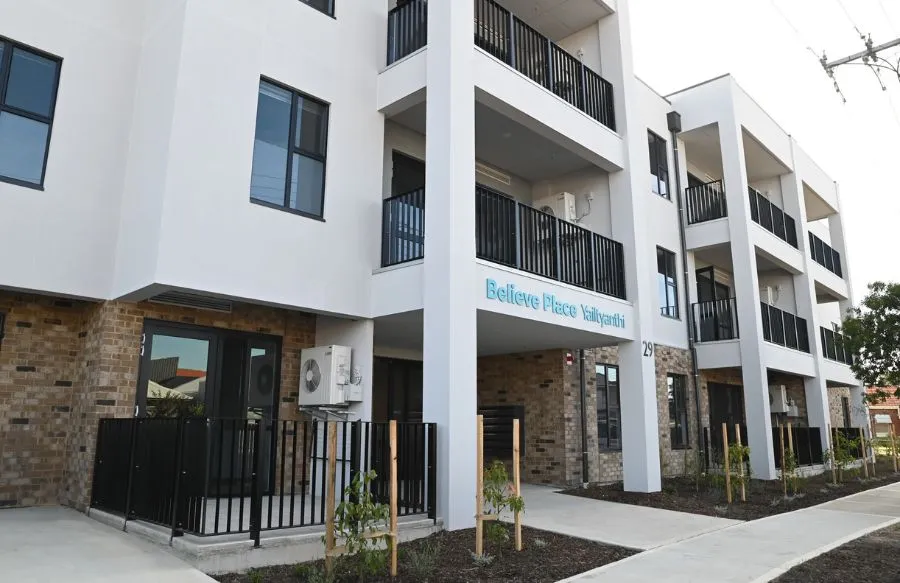SA youth and jobless families worst hit by rental crisis

Anglicare Australia has released the 2023 Rental Affordability Snapshot and again the outlook for South Australia is bleak, particularly for young people and families out of work.
This year’s Snapshot, taken on Saturday 18 March 2023, revealed the dire situation faced by out-of-work couples with two children. It showed just two homes, or 0% of the 1,456 listed properties, were affordable and appropriate for them. This was similar to the odds faced by single parents who are out of work, with affordability for this group also at 0%.
Believe Housing Australia’s Executive General Manager, Stacey Northover, said low vacancy rates and rising rents affected everyone, and South Australians were finding themselves in housing stress and even homeless for the first time.
“The situation is dreadful for those on the lowest incomes,” she said. “A shortage of social and affordable housing means they are competing in the same private rental market as people on higher incomes and, as the Snapshot shows, don’t stand much of a chance of finding a secure, affordable rental that meets their needs.”
“Even if people on a low income are able to secure a rental, it often means making difficult choices between essential items, often going without food, heating or other basics to meet rising rents.”
The Snapshot revealed that the rental market has not improved for young people either, who are consistently the worst off in Snapshot findings. A person on Youth Allowance looking for a share house this year can afford none of the listed rentals (0%).
Young people on Youth Allowance are particularly vulnerable to ‘hidden’ forms of homelessness such as severe overcrowding, couch surfing, and other undesirable living situations.
Ms Northover said people living with disability face unique challenges in this market.
“Some find that the rentals listed in the Snapshot don’t meet their needs, and for many, the Disability Support Pension is too low to allow them to rent a home that does.”
“A single person on the Disability Support Pension could afford none of the rentals at the time of our Snapshot, even before taking into account any individual needs regarding the suitability of properties.”
For older people too, Snapshot results are sobering. For a couple living on the Age Pension, only eight rentals, or 1%, were affordable. Single retirees could afford six of the listed properties.
“With home ownership declining among older Australians, and more people entering retirement with a mortgage, it is easy to see how older people have become more vulnerable to housing stress and homelessness,” Ms Northover said.
The Snapshot showed that working people are hardly better off. A single person working full-time for minimum wage will find that only 1%, or a total of 9 rentals, are affordable.
Of all the households featured in this Snapshot, families with two parents in full-time work stand the best chance of finding an affordable home. But even this cohort are locked out of 83 percent of rentals we surveyed. This means families do not need to be out of work to experience housing insecurity and the compounding effects it has on poverty, health and social participation – all of which have lasting impacts on families and children, often across the course of a life.
Ms Northover said Believe Housing Australia had held several cross-sector housing roundtables to encourage collaboration to increase housing supply and access to affordable housing.
“We, like many other proven housing providers, have shovel-ready projects ready for the release of the Housing Australia Future Fund.”
“We look forward to working with local, state and federal government to find and action solutions to end the housing crisis.”
“We strongly believe everyone should have access to an affordable, safe and secure home as a basic human right.”
For more information, read the report.
